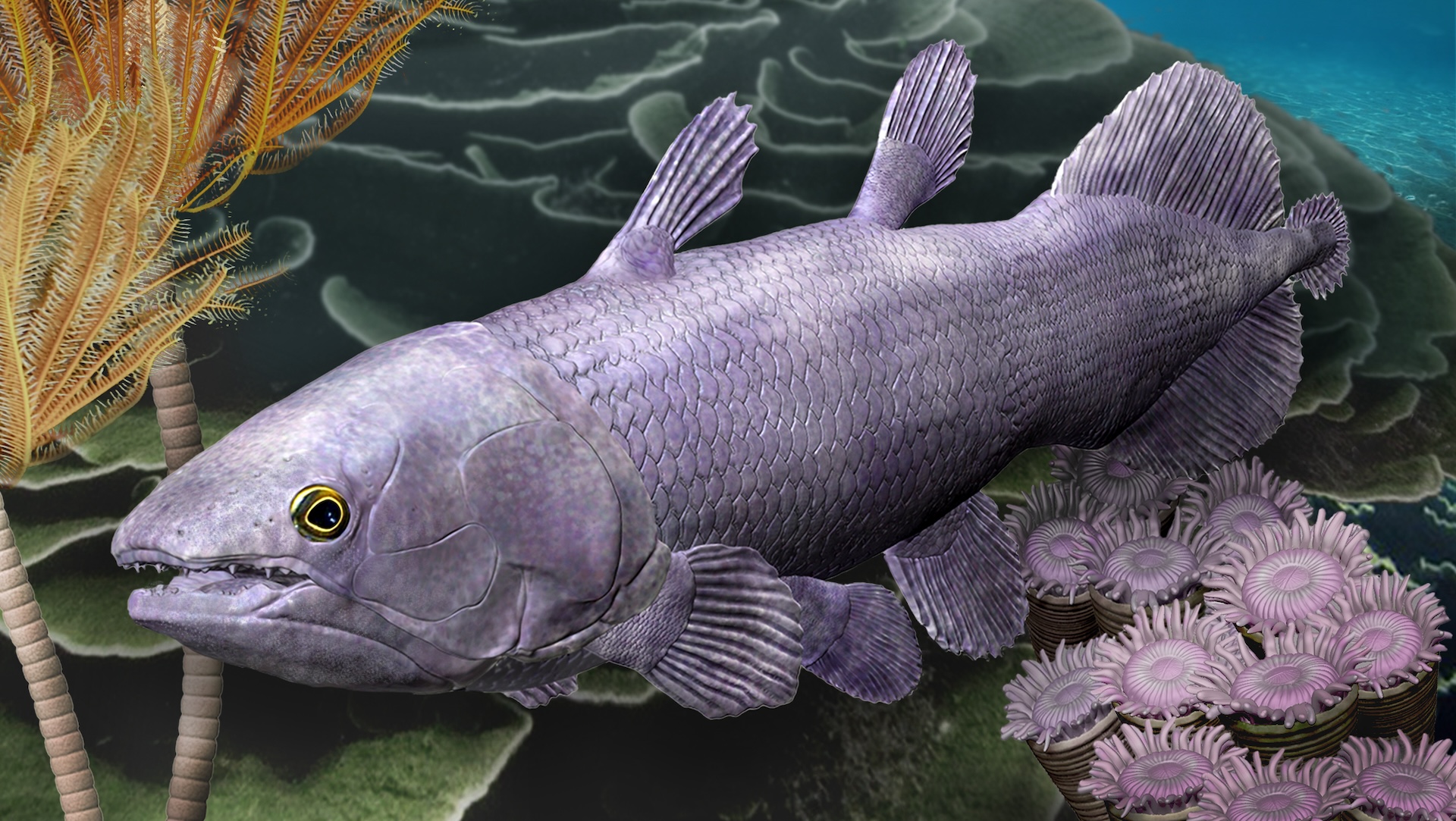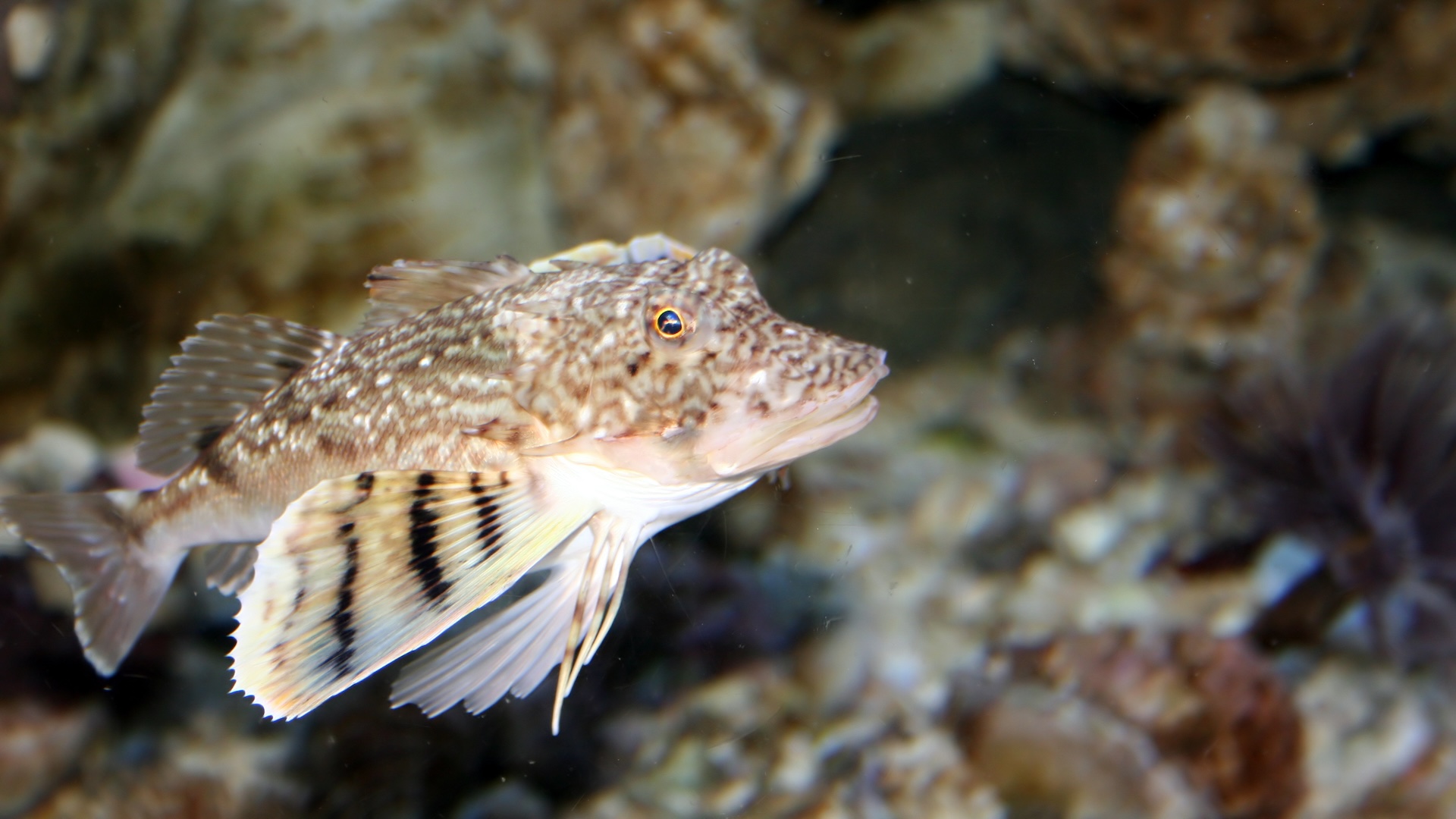Insects, Vol. 14, Pages 488: Dispersal Behavior Characters of Spodoptera frugiperda Larvae
Insects doi: 10.3390/insects14060488
Authors: Yong-Ping Li Su-Yi Yao Dan Feng Robert A. Haack Yang Yang Jia-Lan Hou Hui Ye
The fall armyworm (FAW), Spodoptera frugiperda (J. E. Smith) (Lepidoptera: Noctuidae), is a major pest of corn worldwide. FAW larval dispersal is an important life strategy that influences FAW population distribution in corn fields and subsequent plant damage. We studied FAW larval dispersal in the laboratory with sticky plates placed around the test plant and a unidirectional airflow source. Crawling and ballooning were the main dispersal means of FAW larvae both within and between corn plants. All larval instars (1st–6th) could disperse by crawling, with crawling being the only dispersal mechanism for 4th–6th instars. By crawling, FAW larvae could reach all aboveground parts of a corn plant as well as adjacent corn plants where leaves overlapped. Ballooning was used primarily by 1st-3rd instar larvae, and the proportion of these larvae that used ballooning decreased with age. Ballooning was largely governed by the larva’s interaction with airflow. Airflow influenced the direction and distance of larval ballooning. With an airflow speed of about 0.05 m/s, 1st instars could travel up to 196 cm from the test plant, indicating that long-distance FAW larval dispersal depends on ballooning. These results increase our understanding of FAW larval dispersal and provide scientific information for the development of FAW monitoring and control strategies.

 1 year ago
21
1 year ago
21


